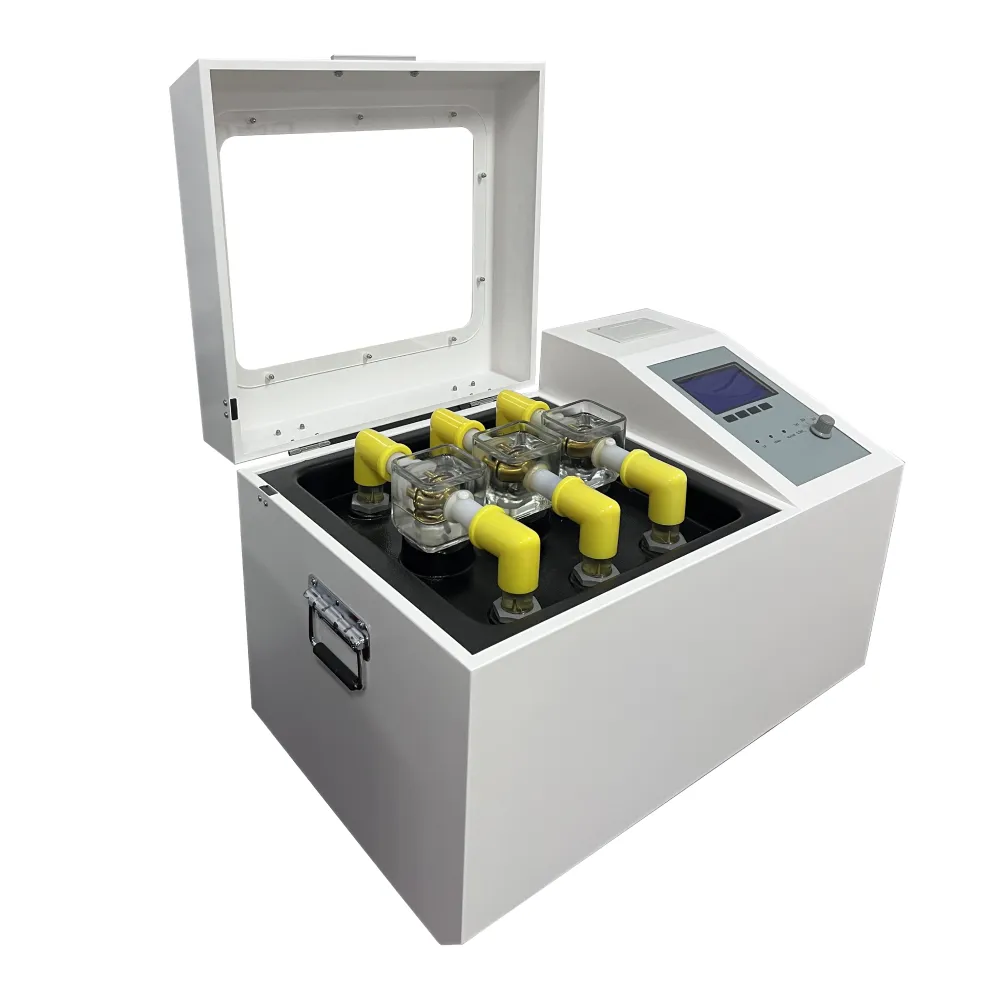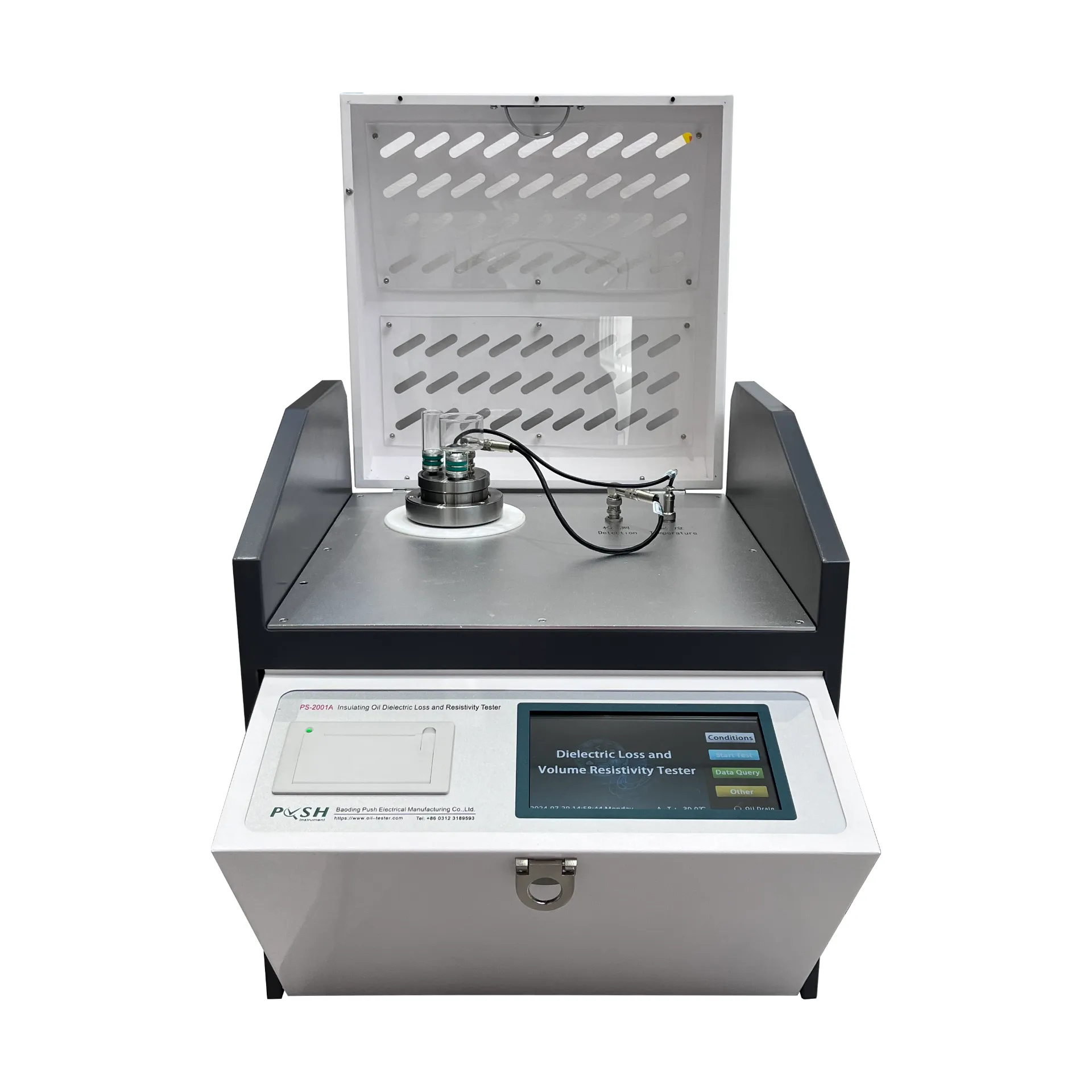TEL:
+86-0312-3189593
 English
English

Telephone:0312-3189593

Email:sales@oil-tester.com

-
 Afrikaans
Afrikaans -
 Albanian
Albanian -
 Amharic
Amharic -
 Arabic
Arabic -
 Armenian
Armenian -
 Azerbaijani
Azerbaijani -
 Basque
Basque -
 Belarusian
Belarusian -
 Bengali
Bengali -
 Bosnian
Bosnian -
 Bulgarian
Bulgarian -
 Catalan
Catalan -
 Cebuano
Cebuano -
 China
China -
 China (Taiwan)
China (Taiwan) -
 Corsican
Corsican -
 Croatian
Croatian -
 Czech
Czech -
 Danish
Danish -
 Dutch
Dutch -
 English
English -
 Esperanto
Esperanto -
 Estonian
Estonian -
 Finnish
Finnish -
 French
French -
 Frisian
Frisian -
 Galician
Galician -
 Georgian
Georgian -
 German
German -
 Greek
Greek -
 Gujarati
Gujarati -
 Haitian Creole
Haitian Creole -
 hausa
hausa -
 hawaiian
hawaiian -
 Hebrew
Hebrew -
 Hindi
Hindi -
 Miao
Miao -
 Hungarian
Hungarian -
 Icelandic
Icelandic -
 igbo
igbo -
 Indonesian
Indonesian -
 irish
irish -
 Italian
Italian -
 Japanese
Japanese -
 Javanese
Javanese -
 Kannada
Kannada -
 kazakh
kazakh -
 Khmer
Khmer -
 Rwandese
Rwandese -
 Korean
Korean -
 Kurdish
Kurdish -
 Kyrgyz
Kyrgyz -
 Lao
Lao -
 Latin
Latin -
 Latvian
Latvian -
 Lithuanian
Lithuanian -
 Luxembourgish
Luxembourgish -
 Macedonian
Macedonian -
 Malgashi
Malgashi -
 Malay
Malay -
 Malayalam
Malayalam -
 Maltese
Maltese -
 Maori
Maori -
 Marathi
Marathi -
 Mongolian
Mongolian -
 Myanmar
Myanmar -
 Nepali
Nepali -
 Norwegian
Norwegian -
 Norwegian
Norwegian -
 Occitan
Occitan -
 Pashto
Pashto -
 Persian
Persian -
 Polish
Polish -
 Portuguese
Portuguese -
 Punjabi
Punjabi -
 Romanian
Romanian -
 Russian
Russian -
 Samoan
Samoan -
 Scottish Gaelic
Scottish Gaelic -
 Serbian
Serbian -
 Sesotho
Sesotho -
 Shona
Shona -
 Sindhi
Sindhi -
 Sinhala
Sinhala -
 Slovak
Slovak -
 Slovenian
Slovenian -
 Somali
Somali -
 Spanish
Spanish -
 Sundanese
Sundanese -
 Swahili
Swahili -
 Swedish
Swedish -
 Tagalog
Tagalog -
 Tajik
Tajik -
 Tamil
Tamil -
 Tatar
Tatar -
 Telugu
Telugu -
 Thai
Thai -
 Turkish
Turkish -
 Turkmen
Turkmen -
 Ukrainian
Ukrainian -
 Urdu
Urdu -
 Uighur
Uighur -
 Uzbek
Uzbek -
 Vietnamese
Vietnamese -
 Welsh
Welsh -
 Bantu
Bantu -
 Yiddish
Yiddish -
 Yoruba
Yoruba -
 Zulu
Zulu
2 月 . 16, 2025 00:55
Back to list
PS-DC10A Transformer DC Winding Resistance Tester
The winding resistance test is an essential diagnostic tool used in evaluating the integrity and performance of transformer windings. This test plays a crucial role in ensuring the optimal operation of transformers, which are vital components in electrical distribution and transmission systems. Conducting accurate winding resistance tests can reveal a range of issues such as poor electrical connections, conductor damage, and other defects that can lead to inefficiencies or failures if left unchecked.
Trustworthiness in this test is established by using calibrated, certified measurement instruments and employing standardized procedures. Reliable results from winding resistance tests are integral to planning maintenance activities, allocating resources, and forecasting the lifespan of transformers. Comprehensive documentation of test results plays a critical role in maintaining a historical record that can be used for trend analysis and in making informed decisions about equipment refurbishment or replacement. For asset managers and plant supervisors, establishing maintenance schedules that include regular winding resistance tests can profoundly affect the longevity and efficiency of transformers. Utilizing advanced diagnostic tools such as digital sensors can further enhance the accuracy of these assessments. Advanced systems can provide real-time data and predictive analytics, helping in early detection of potential issues, thus safeguarding against unexpected failures. Given the importance of transformers in the electrical grid, maintaining them through precise and correctly executed winding resistance tests ensures minimal disruption and maximum operational efficiency. Investing in training for engineers and technicians to keep them up-to-date with the latest testing technologies and methodologies is equally important. This commitment to adopting best practices in conducting winding resistance tests fortifies the credibility and reliability of power systems, ensuring a stable supply of electricity to end-users. This understanding makes it clear that winding resistance tests, while seemingly a small part of transformer maintenance, actually play a vital role in the overall health and efficiency of the power distribution network. By prioritizing this aspect of transformer care, utilities and industries can leverage both reliability and cost-effectiveness in their operations.


Trustworthiness in this test is established by using calibrated, certified measurement instruments and employing standardized procedures. Reliable results from winding resistance tests are integral to planning maintenance activities, allocating resources, and forecasting the lifespan of transformers. Comprehensive documentation of test results plays a critical role in maintaining a historical record that can be used for trend analysis and in making informed decisions about equipment refurbishment or replacement. For asset managers and plant supervisors, establishing maintenance schedules that include regular winding resistance tests can profoundly affect the longevity and efficiency of transformers. Utilizing advanced diagnostic tools such as digital sensors can further enhance the accuracy of these assessments. Advanced systems can provide real-time data and predictive analytics, helping in early detection of potential issues, thus safeguarding against unexpected failures. Given the importance of transformers in the electrical grid, maintaining them through precise and correctly executed winding resistance tests ensures minimal disruption and maximum operational efficiency. Investing in training for engineers and technicians to keep them up-to-date with the latest testing technologies and methodologies is equally important. This commitment to adopting best practices in conducting winding resistance tests fortifies the credibility and reliability of power systems, ensuring a stable supply of electricity to end-users. This understanding makes it clear that winding resistance tests, while seemingly a small part of transformer maintenance, actually play a vital role in the overall health and efficiency of the power distribution network. By prioritizing this aspect of transformer care, utilities and industries can leverage both reliability and cost-effectiveness in their operations.
Latest news
-
Testing Equipment Industry Sees Major Advancements in 2025: Smart & Precision Technologies Lead the WayNewsJun.06,2025
-
Applications of Direct Current Generators in Renewable Energy SystemsNewsJun.05,2025
-
Hipot Tester Calibration and Accuracy GuidelinesNewsJun.05,2025
-
Digital Circuit Breaker Analyzer Features and BenefitsNewsJun.05,2025
-
Benefits of Real-Time Power Quality Monitoring Devices for Industrial EfficiencyNewsJun.05,2025
-
Earth Fault Loop Testing in High-Rise Building Electrical SystemsNewsJun.05,2025



